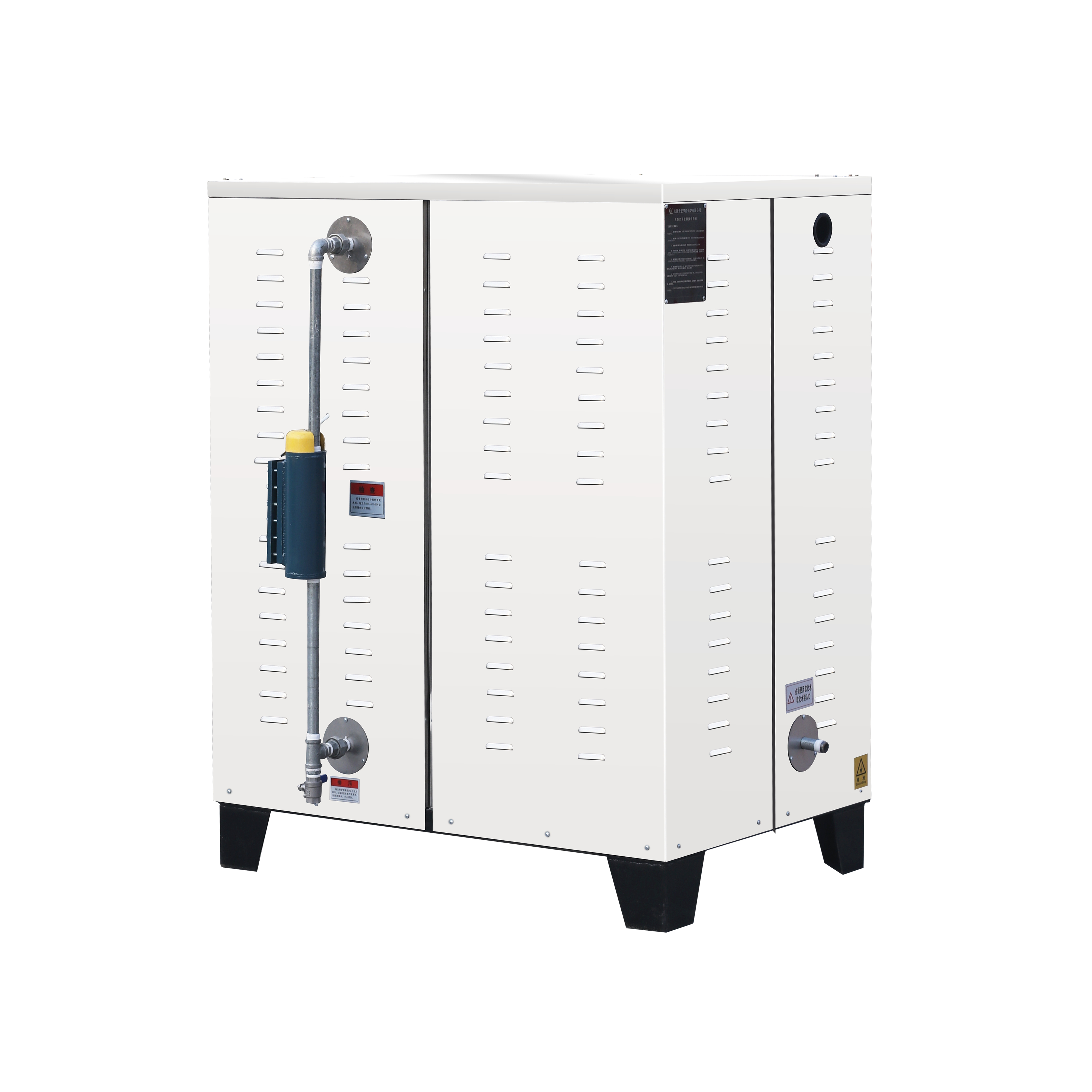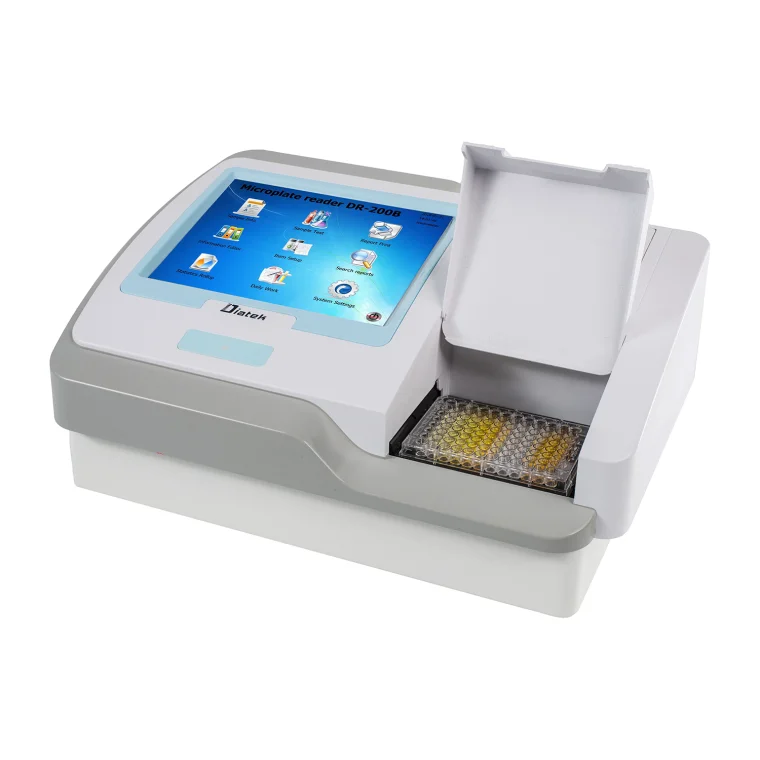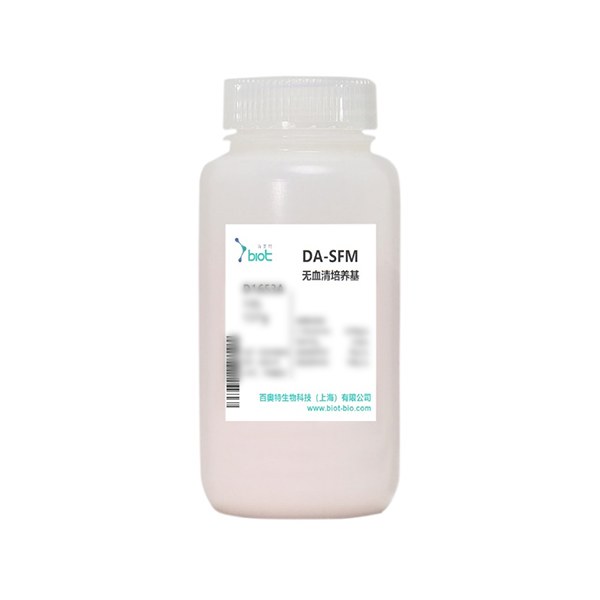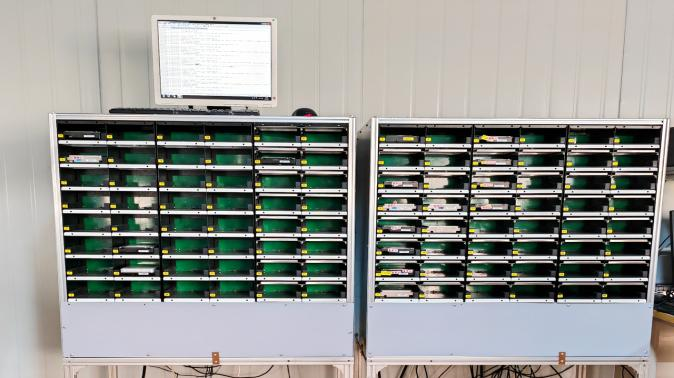Water quality testing is essential to ensure the health and safety of the environment and the population that relies on water for drinking, agricultural and industrial purposes. Among the various methods and tools used to measure water health, total organic carbon (TOC) analyzers have become an indispensable tool for assessing the presence of organic compounds. In this blog post, Metash, as a high performance laboratory TOC analyzer manufacturer, will share the importance of total organic carbon analyzer in water quality testing for environmental protection.
Total Organic Carbon (TOC) refers to the amount of carbon found in organic compounds within a water sample. Organic compounds are primarily derived from plant material, microorganisms, and other biological sources. In natural bodies of water, these organic compounds can be a result of decaying plant matter, wastewater discharge, and runoffs from agricultural or industrial activities. When testing water quality, measuring TOC provides valuable insight into the presence and concentration of organic pollutants, which are often linked to water contamination and toxicity.
Role of TOC Analyzer in Water Quality Testing
The TOC analyzer is a specialized instrument designed to measure the amount of total organic carbon in a water sample. It works by oxidizing organic carbon in the water and measuring the carbon dioxide (CO2) that is produced during the process. The analyzer typically uses a combustion method, where the sample is heated in the presence of oxygen, or a wet oxidation method, where chemicals are used to break down organic matter. The amount of CO2 released correlates directly with the amount of organic carbon present, thus providing a quantitative assessment of organic contamination in the sample.
Importance of TOC analyzers in water quality testing can be broken down into several key points:
1. Detection of Organic Contaminants
TOC analyzers provide a reliable method for detecting organic contaminants in water. These contaminants may include pesticides, industrial chemicals, pharmaceuticals, and other harmful substances. Many of these contaminants are not easily detected through traditional water quality tests, such as measuring pH or turbidity. However, organic compounds are often present in low concentrations, and the TOC analyzer helps to identify and quantify these pollutants with a high degree of sensitivity.
By detecting and monitoring TOC levels, authorities can track the presence of pollutants and take necessary actions to mitigate their impact. This is especially important in areas where water sources are exposed to industrial or agricultural activities that may introduce harmful substances.
2. Indicator of Biological Oxygen Demand (BOD)
Total Organic Carbon levels are often linked to Biological Oxygen Demand (BOD), which measures the amount of oxygen required by microorganisms to break down organic material in water. High levels of organic carbon in water can lead to elevated BOD, which can deplete oxygen levels in aquatic ecosystems, harming aquatic life.
TOC analyzers can provide an indirect indication of BOD levels by measuring the amount of organic matter in the water. This is particularly useful in wastewater treatment plants and natural water bodies, where understanding the balance of organic carbon can help predict the ecological health of a water source.
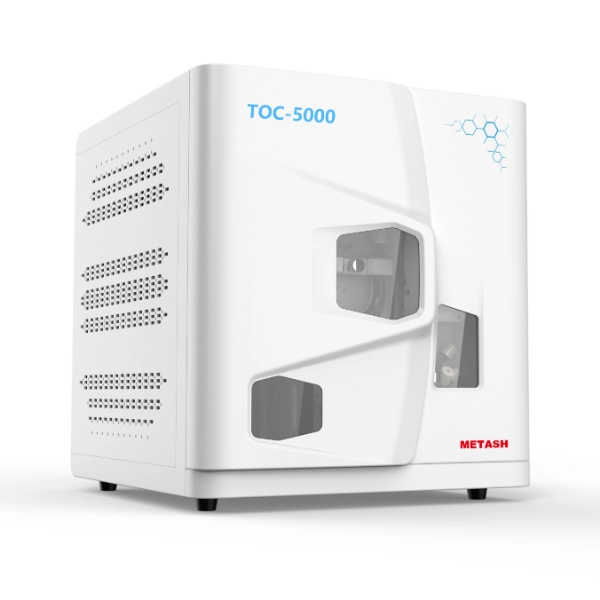
3. Monitoring of Water Treatment Processes
One of the most important applications of TOC analyzers is in the monitoring of water treatment processes. Water treatment plants are responsible for purifying water to meet safety standards for human consumption. A key part of this process is removing organic materials that could be harmful or cause undesirable effects like taste and odor.
TOC analyzers help monitor the efficiency of the treatment process by measuring the organic carbon content in water before and after treatment. If the TOC levels do not decrease significantly during the treatment process, it can indicate that the system is not functioning effectively, and adjustments need to be made. This ensures that treated water meets the desired standards of purity and safety.
4. Environmental Protection and Compliance
The role of TOC analyzers in regulatory compliance cannot be overstated. Governments and environmental agencies around the world set strict water quality standards that must be met to ensure the safety of both drinking water and ecosystems. In many countries, regulations require regular monitoring of water sources for various contaminants, including organic carbon.
The TOC analyzer provides a rapid and accurate means of assessing whether these regulatory standards are being met. Regular testing with TOC analyzers ensures that water quality is maintained and helps organizations avoid legal penalties for failing to meet environmental standards. This is particularly crucial for industries such as mining, agriculture, and manufacturing, which often release wastewater into natural water bodies.
5. Efficiency and Cost-Effectiveness
Traditional methods of measuring organic carbon in water, such as chemical oxygen demand (COD) testing, can be time-consuming and costly. TOC analyzers, however, offer a faster and more cost-effective alternative. The instrument provides real-time data, reducing the need for lengthy laboratory analyses and ensuring that water quality testing is both efficient and accurate.
Additionally, the ability to continuously monitor water quality using TOC analyzers can help prevent water contamination before it becomes a significant problem. Early detection can reduce the need for costly cleanups and remediation efforts, which can be both expensive and harmful to the environment.
Conclusion
Total Organic Carbon Analyzers provide an efficient and accurate method for detecting organic contaminants in water. Its ability to monitor contaminants, assess biological oxygen demand, and evaluate the effectiveness of water treatment processes is critical to environmental protection and public health. As water quality monitoring technology continues to advance, TOC analyzers will continue to be a core tool in our continued protection of our most precious resource.
www.metashcorp.com
Metash
